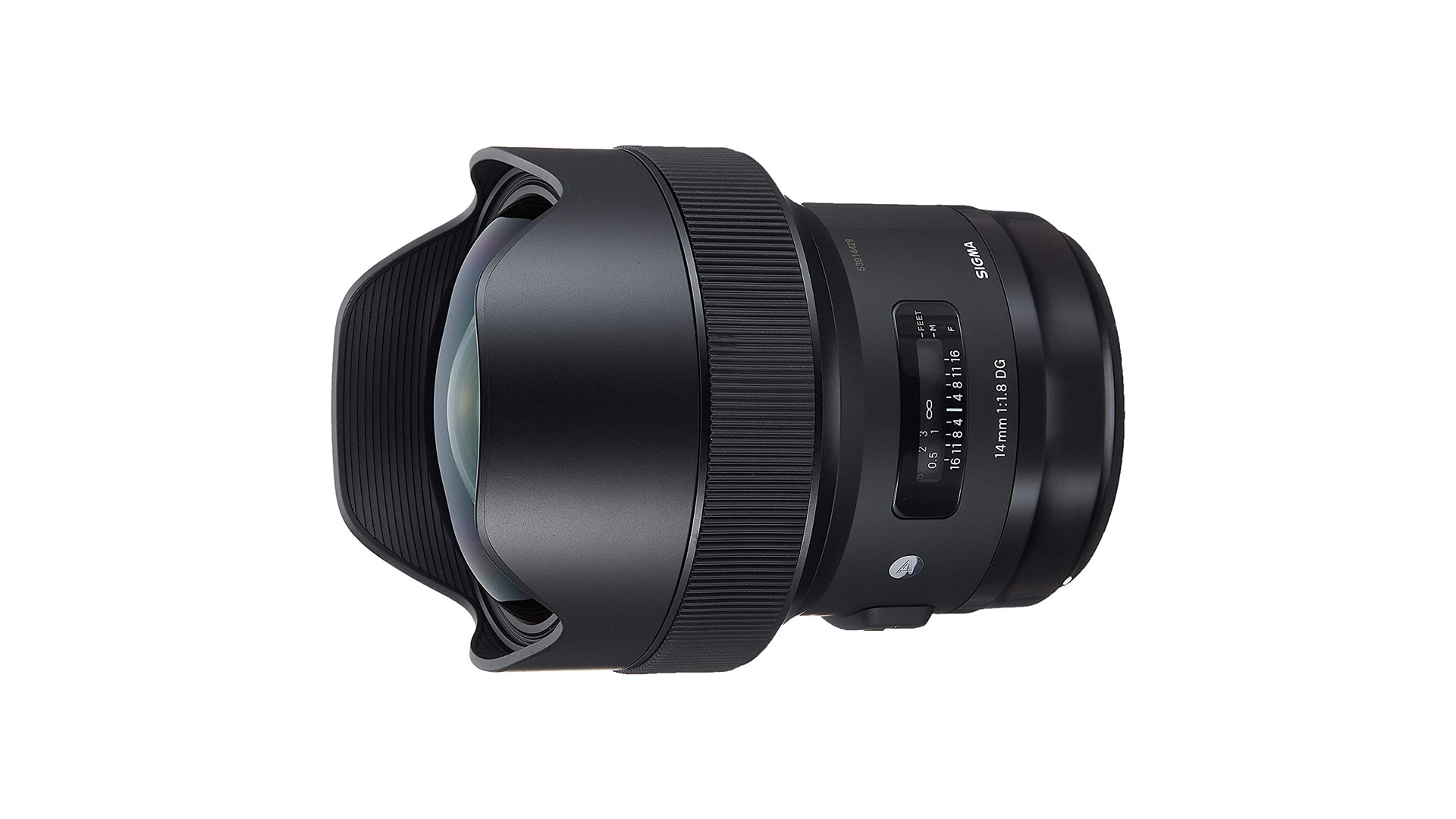Space Verdict
Little short of amazing. Image quality, light transmission and build quality are all huge pluses for the Sigma 14mm F1.8 DG HSM ART.
Pros
- +
Very well built
- +
Phenomenal image quality
- +
Ultra-big maximum aperture
Cons
- -
Bulbous front element can be difficult to protect
- -
Arguably a niche focal length
Why you can trust Space.com
Up until recently, the Sigma 14mm F1.8 DG HSM ART lens could make a very striking claim to be the world’s fastest 14mm prime production lens. Its maximum aperture of f/1.8 makes it a stop faster than Canon’s 14-year-old EF 14mm f/2.8L II USM; and the same goes for Nikon’s 21-year-old AF Nikkor 14mm f/2.8D ED.
Sony’s soon-to-hit-the-shelves FE 14mm F1.8 GM matches the Sigma, aperture-wise, but it’s not available anywhere yet and besides, when it does become available, you’ll only be able to use it with Sony-mount cameras. Sigma’s ultra-wide, ultra-fast astrophotography specialist is available in Canon, Sigma, Sony, Nikon, and L-mounts, making it compatible with a very wide range of cameras.
Type: 14mm prime lens for full-frame and APS-C sensor cameras.
Compatibility: Canon EF, Nikon F-mount, Sony E-mount, L-mount.
Focal range: 14mm fixed focal length.
Aperture range: f/1.8 - f/16.
Thread size: No filter thread.
Weight: 2.58 Ibs
The appeal of the Sigma 14mm F1.8 DG HSM ART lens for owners of the best cameras for astrophotography is immediately obvious. Its 14mm fixed focal length makes it ultra-wide, if you put much stock in the 500 rule which means you can shoot exposures of up to just under 36 seconds before suffering star trails. The large f/1.8 aperture will also save you a stop of ISO – so if you’re shooting ISO 12,800 on one of Canon or Nikon’s 14mm prime lenses, you’ll only be shooting ISO 6,400 on the Sigma 14mm F1.8 DG HSM ART lens. That’s a significant reduction which in some cases will be the difference between a printable and an unprintable image.
But what is it like to use the Sigma 14mm F1.8 DG HSM ART lens and how does it perform in the field? Perhaps even more importantly, can it justify its $1600 asking price and earn a place in our list of the best lenses for astrophotography?
Sigma 14mm F1.8 DG HSM ART lens review: Design
- 2.58 Ibs weight
- No filter thread
- Bulbous front element
This thing is a lump. Not a very technical description, perhaps, but heft it out of the box and you’ll see what we mean. It’s wide, short, and squat: the Sigma 14mm F1.8 DG HSM ART lens has a large 95mm diameter and is 150mm from front element to mount. It’s heavy as well – 2.58 pounds makes it about twice as heavy as Canon and Nikon’s (slower) 14mm primes. If your chosen star-gazing site is located a decent walk away from your car this is worth bearing in mind – in combination with a full-frame camera, this is a heavy choice of lens.
The Sigma 14mm F1.8 DG HSM ART lens is built of quality materials from front to back, though, so we can forgive the added heft. The slide-off lens cover has a thin strip of fuzzy material inside so the cap can’t slip off in your bag. The lens cover and some of the rest of the lens are made of hardy-feeling plastic; the rear of the lens and the brass mount are made of metal. As is often the case with ultra-wide lenses, the petal hood is permanently attached to the lens – it doesn’t make it much longer and affords a little protection to the front element so in our book, this is a good thing.
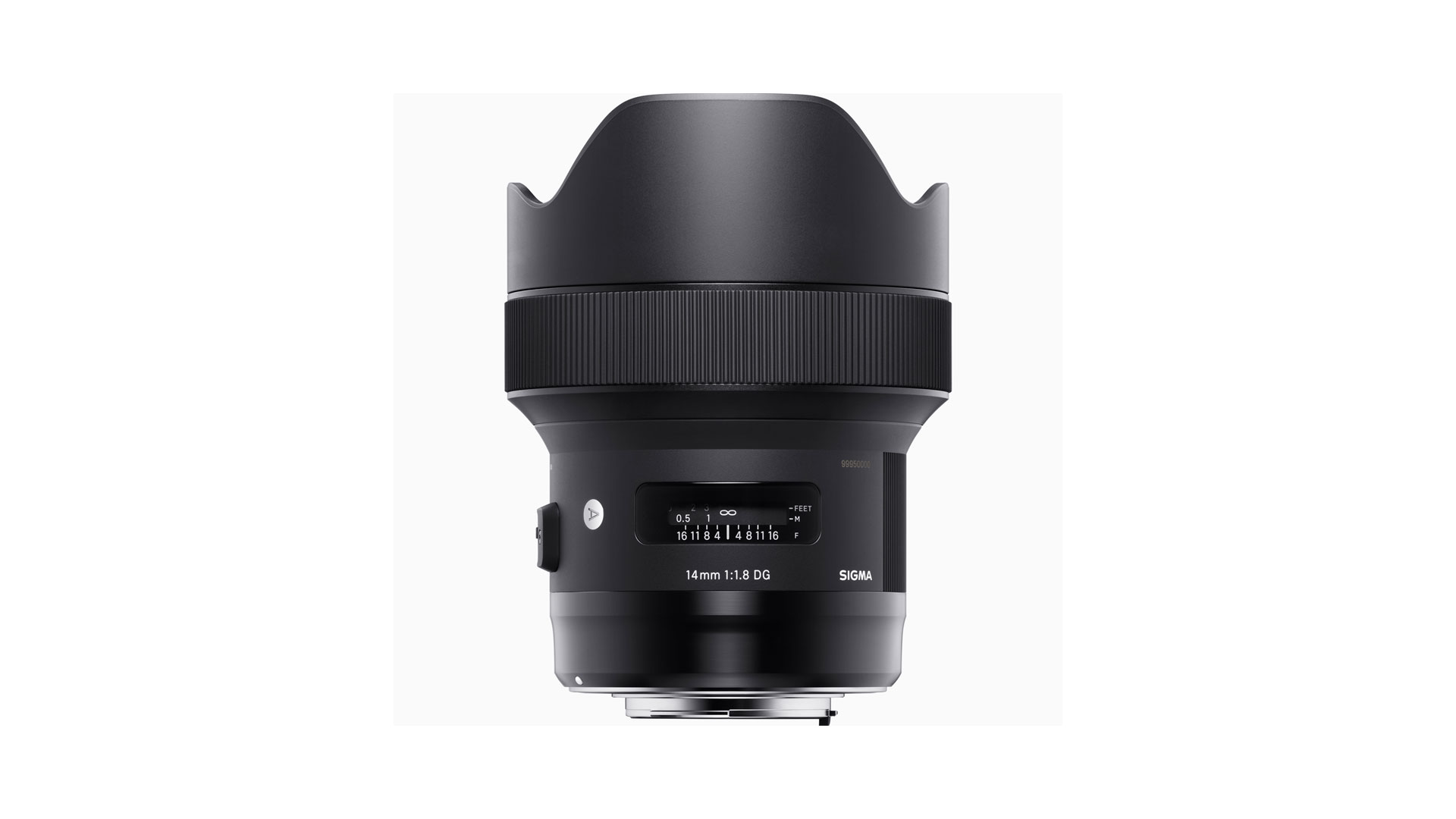
There are just a handful of compromises to bear in mind. The first is that the Sigma 14mm F1.8 DG HSM ART lens requires a little more care than bog-standard zooms and even than many normal-focal-length primes. The front element is a spectacular piece of engineering – curving gracefully outwards from the lens body in a gorgeous, bulbous arc – but that does make it a little hard to protect from the elements. Beware of sandy locations, we say. Normal advice for lens elements you want to protect is to bring a UV filter, but you can’t here – the front element of the lens protrudes so far from the body of the lens that there’s no thread in which to mount a filter. Not only does this give you a challenge in terms of protecting the lens but it also means landscape photographers, with their beloved neutral density filters and polarizers, will have a truly awkward time. There’s no option to add a square gelatin filter at the back of the lens.
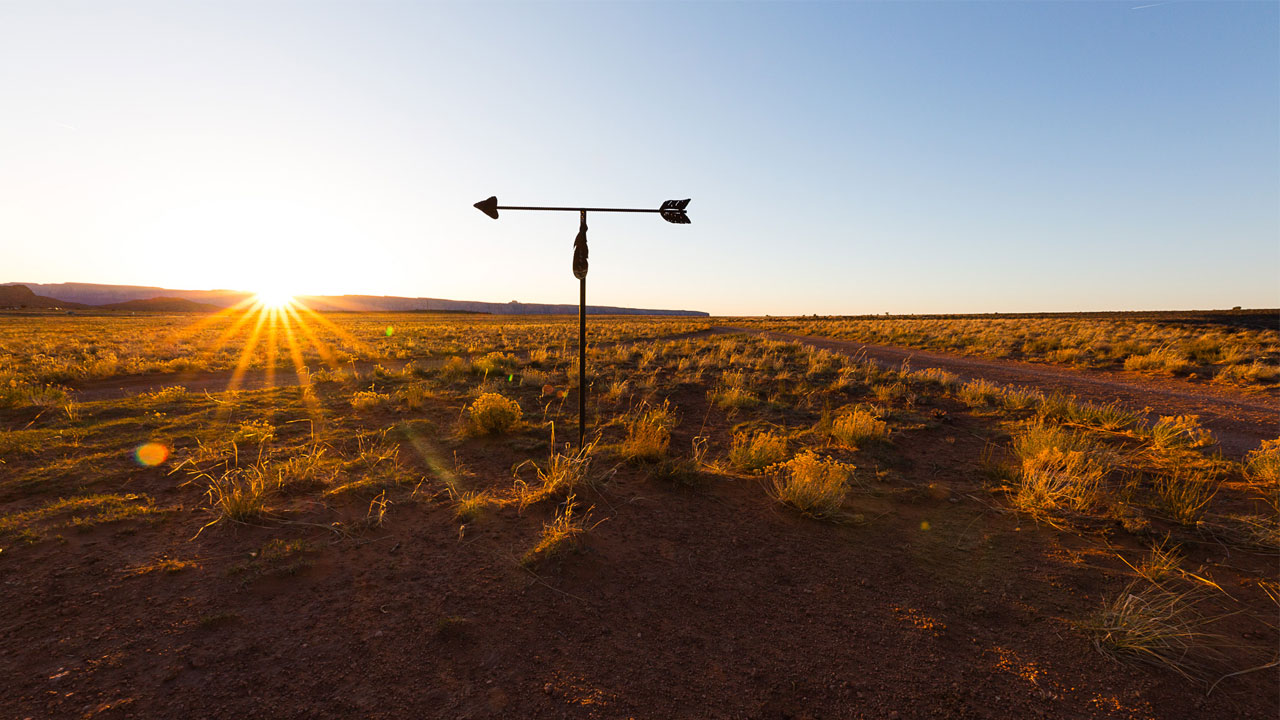
On the plus side, this is a weather-sealed lens, although how much of a benefit that will be for astrophotographers – who can’t see the stars in inclement weather – is up for debate. If you’re going to shoot other subjects (we took ours storm chasing) it’s a distinct plus.
Otherwise, this is a comparatively simple piece of kit. There’s no stabilizer (astrophotographers will be on tripods anyway), so the only body-mounted control is the auto/manual focus switch, complete with a focus distance window on the top of the lens.
Sigma 14mm F1.8 DG HSM ART lens review: Performance
- Outstanding image quality
- Bright maximum aperture
- Obedient autofocus
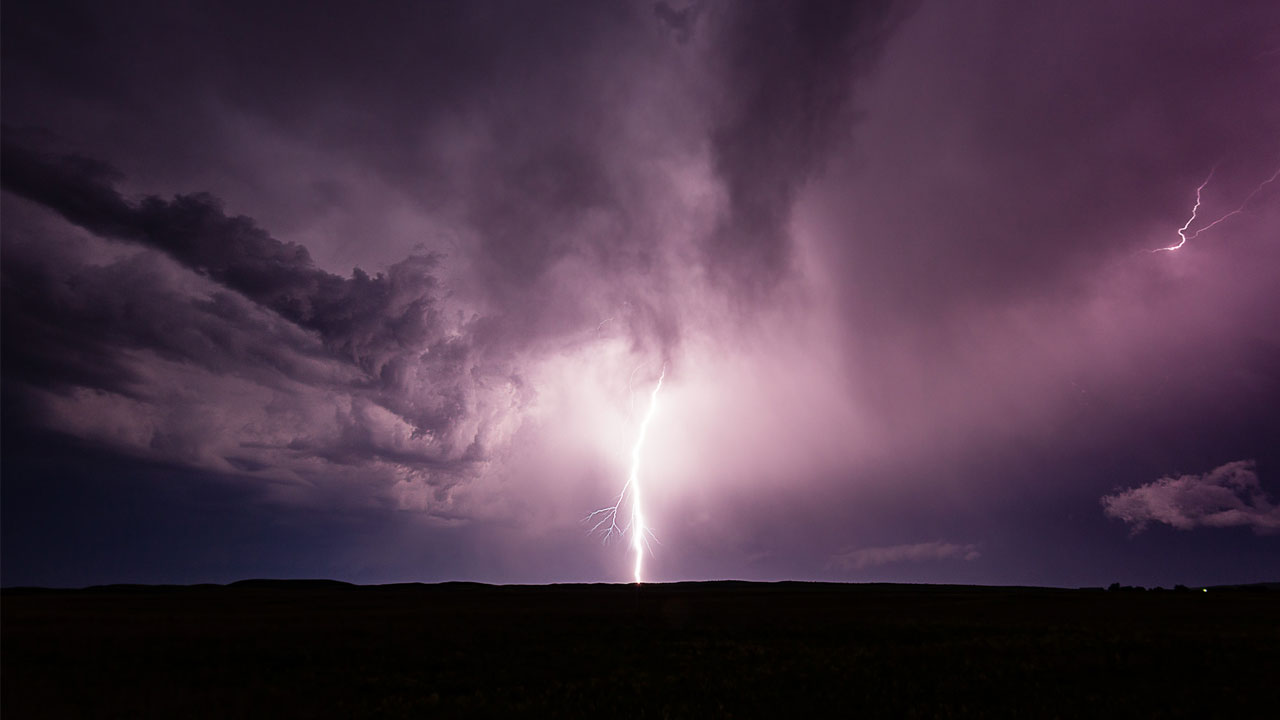
If all the above sounds just a little awkward, that's because it is. This is a high-performance lens with some specialist applications, and any keen astrophotographer will be delighted to forgo a lens filter as soon as they start using this absolutely spell-binding piece of equipment.

The Sigma 14mm F1.8 DG HSM ART lens is ultra, ultra sharp. For astrophotography you’ll often be using this lens wide open, so we’ll start there: at f/1.8, this lens is a masterpiece. If you’re going somewhere to shoot the heavens, this lens should be either at or near the top of your list. Stars in the center of the frame are super sharp, and it’s only by cropping – heavily – into the corners of our astrophotography images that we were able to begin to discern a little comatic aberration creeping in; what there was was all-but unnoticeable.
Chromatic aberration (purple fringing) is also well controlled. This tends to be more of a problem at large apertures, but in images shot between f/2.8 and f/4, even in high contrast images of snowy scenes, you’ll have to really hunt before you can see it. In terms of creating publishable images that don’t need loads of technical workup before they’re ready, the Sigma 14mm F1.8 DG HSM ART doesn’t miss a trick.
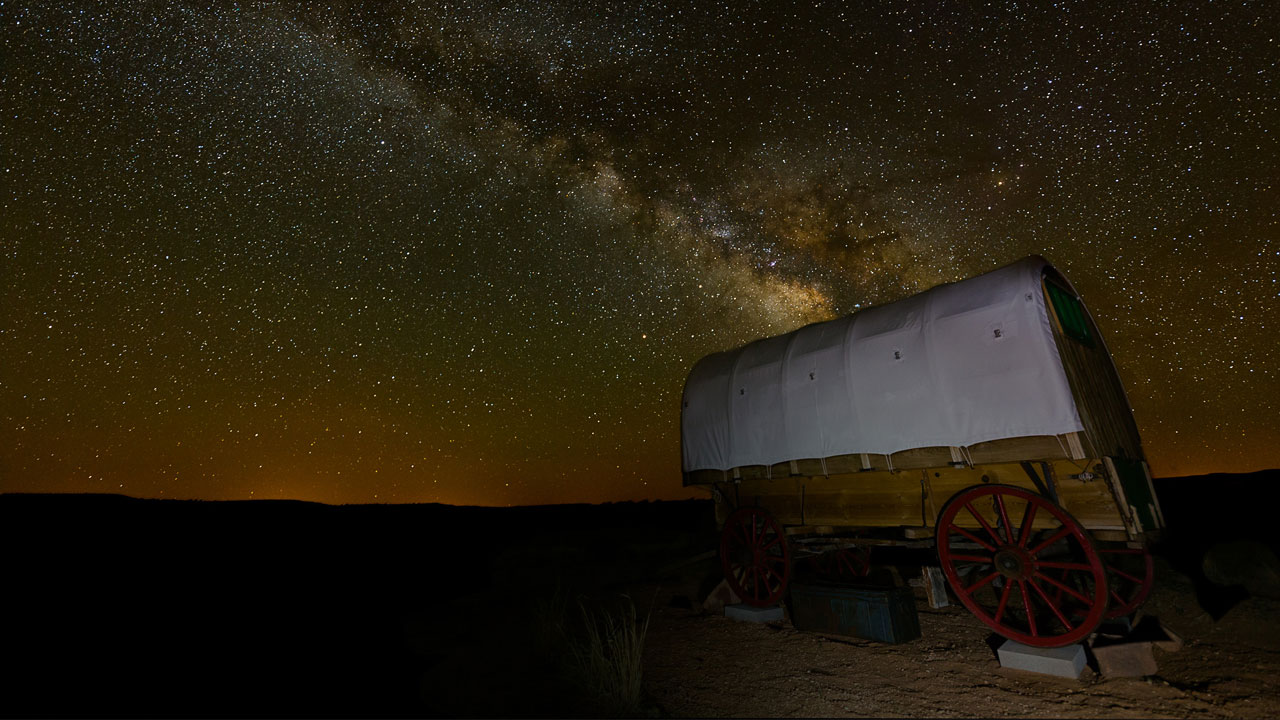
We need to talk about distortion as well – at 14mm we’re well used to seeing lenses with bendy geometry, but the Sigma 14mm F1.8 DG HSM ART lens handles it exceptionally well. It’s a rectilinear lens – that is, not fisheye – and while the images it produces undoubtedly feel “wide”, they don’t distort. This might not be much of a concern with astrophotography, but the fact you can take pictures of people with this lens that don’t make them look distorted and strange is a huge plus, and elevates the Sigma 14mm F1.8 DG HSM ART lens from “astrophotography specialist” to “shoot anything, anywhere”. There is, admittedly, a slight vignetting effect at larger apertures, but it’s well-controlled, less than a stop (to our eye), and easily correctable in software.
Finally, there are a few lovely aesthetic touches that are fun to play with – stop down and you’ll see ultra-sharp star-points to the light sources in your images which make the Sigma 14mm F1.8 DG HSM ART lens a lovely architectural lens as well as an astrophotography specialist.
- Related: Astrophotography time-lapse tips
Should you buy the Sigma 14mm F1.8 DG HSM ART lens?

The Sigma 14mm F1.8 DG HSM ART lens really is a phenomenal lens for night-sky photography. It’s not just that it shoots high-quality, technically excellent images (although it does), it’s not just that its ultra-wide field of view is perfect for incorporating foreground interest into your star shots (although it is), and it’s not just that the ultra-bright aperture allows you to shoot lower ISOs – or longer shutter speeds – than you might otherwise (although it does that too).
The fact that it bundles all those qualities into a portable, sturdy-feeling little package that excels in its niche is really what sells it to us. It isn’t an everyday kind of lens, although with its straight-as-an-arrow geometry you might be surprised how much you actually can use it for. But if you’re after a lens that will get you long shutter speeds without a star tracker, with technically excellent results throughout its aperture range, this is a piece of kit that will serve you well, particularly on those once-in-a-lifetime trips where quality of the results outweighs cost and weight considerations.
If this product isn’t for you

There are some great options out there at the moment for astrophotographers – many of which have been reviewed right here at Space.com.
In particular, we’d suggest thinking carefully about whether 14mm will do everything you need it to, because there are some excellent wide-angle zooms out there with big maximum apertures. Take Sigma’s own 14-24mm F2.8 DG HSM Art ($1,199.00), which is a stop slower in terms of aperture but allows you to go from ultra-wide to merely very-wide angle with its 14-24mm zoom range. Sigma also makes the 20mm F1.4 DG HSM Art ($834), which is a little longer but is even brighter than the 14mm f/1.8.
If you want to stay on-brand, you could look at the Canon RF 15-35mm F2.8L IS USM ($2399). Pretty much as wide as the 14mm (you won’t be able to tell the difference between 14mm and 15mm) and a stop slower, but with a more practical zoom range which makes it more of an all-rounder for those who aren’t single-minded astrophotographers.
Nikon users might look at the AF-S NIKKOR 14-24mm f/2.8G ED ($1,746), a frankly glorious piece of kit with lots of practicality for night photography. And Sony users should definitely keep an eye out for the arrival of the 14mm f1.8 GM FE.
Join our Space Forums to keep talking space on the latest missions, night sky and more! And if you have a news tip, correction or comment, let us know at: community@space.com.
Dave is a former contributing writer to Space.com in the areas of astrophotography and astronomy, often for reviews of various lenses used in capturing images of the stars. He lives and works in Hobart, Tasmania and is the Associate Professor of Art at the University of Tasmania, where he serves as School Research Coordinator and Head of Photography at the Tasmanian School of Art.
